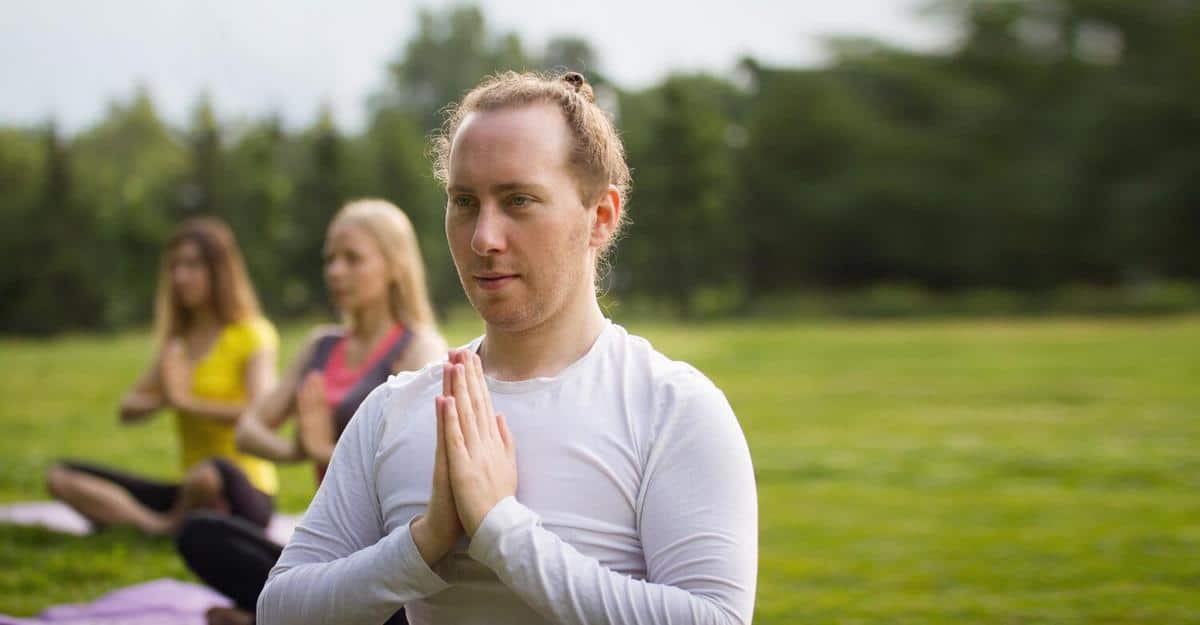
Overcoming Anxiety Through Mindfulness: Techniques That Work
Navigating the challenges of anxiety can often seem like a daunting task. However, mindfulness offers a beacon of hope, providing practical tools to help calm the storm of anxious thoughts. This article explores effective mindfulness techniques that can assist in overcoming anxiety, supported by expert insights and real-life examples.
In recent years, mindfulness has gained recognition as a powerful tool in managing anxiety. Renowned psychologist Dr. Jon Kabat-Zinn, who pioneered the Mindfulness-Based Stress Reduction (MBSR) program, emphasizes that mindfulness involves paying attention in a particular way: on purpose, in the present moment, and non-judgmentally.
Understanding Anxiety and Mindfulness
Anxiety disorders affect approximately 40 million adults in the United States alone, making it crucial to explore effective management strategies. Mindfulness, a practice rooted in ancient meditation traditions, helps individuals anchor their awareness in the present, reducing the grip of anxiety.
Research and Statistics
A study published in the Journal of Clinical Psychology found that individuals who practiced mindfulness experienced a significant reduction in anxiety symptoms. This aligns with other research indicating that mindfulness can decrease activity in the brain’s amygdala, the area responsible for fear responses.
Real-Life Application
Consider the story of Mark, a busy professional whose anxiety often overwhelmed him. By incorporating mindfulness practices such as mindful breathing and body scans into his daily routine, Mark found a new sense of calm and improved focus.
Effective Mindfulness Techniques
1. Mindful Breathing
Focus on your breath as it flows in and out. This simple practice can be done anywhere and helps to ground you in the present moment.
2. Body Scan Meditation
This involves mentally scanning your body from head to toe, noticing any sensations without judgment. It’s a powerful way to release tension.
3. Mindful Walking
Engage in walking meditation by paying attention to the sensation of each step. This connects you with your physical body and surroundings.
| Technique | Benefit |
|---|---|
| Mindful Breathing | Reduces immediate stress |
| Body Scan | Promotes relaxation |
| Mindful Walking | Enhances awareness |
| Guided Meditation | Provides structure for beginners |
| Mindful Journaling | Encourages reflection |
| Progressive Muscle Relaxation | Eases physical tension |
| Visualization | Fosters positive thinking |
| Loving-kindness Meditation | Boosts compassion |
Additional Resources
For those interested in deepening their mindfulness practice, consider exploring online resources such as the Mindful website, which offers guided meditations and insights from leading mindfulness practitioners.
Frequently Asked Questions
What is the goal of mindfulness in managing anxiety?
The goal is to cultivate a non-reactive awareness of thoughts and emotions, helping to reduce anxiety symptoms over time.
How long does it take to see results from mindfulness practice?
While some may notice immediate benefits, consistent practice over weeks or months typically leads to more significant improvements.
Conclusion
Incorporating mindfulness into your life can be a transformative experience, especially in managing anxiety. By dedicating time to practice these techniques, you can cultivate a more peaceful and present state of mind. Remember, the journey to overcoming anxiety through mindfulness is personal, and every small step counts. Begin today, and embrace the potential of mindfulness to lead a more balanced and serene life.


